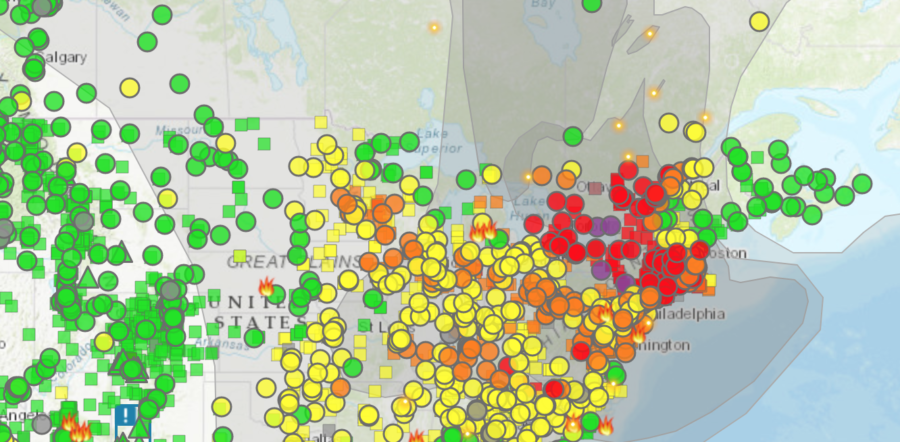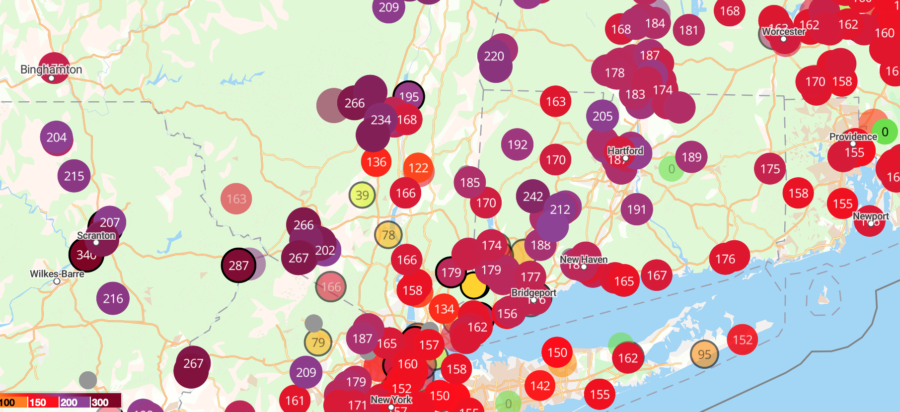The Emergency Management Institute at FEMA has released its National Incident Management System (NIMS) Incident Command System (ICS) position-specific Train-the-Trainer virtual “K” course schedule.

These courses prepare students to instruct NIMS ICS courses, which are position-specific. These courses are virtual, but graduated instructors will teach in the field to students who are first responders — and other professionals from federal, state, and local agencies and organizations. Emphasis is placed on classroom-based deliveries, including compliance with the NIMS Training Program, adult education methodologies, deployment of course activities, pre- and post-testing, and training program management.
Course goals include preparing instructors to teach NIMS ICS courses. The target audience is emergency responder personnel who are or may be members of an Incident Management Team (IMT). To participate in the Train-the-Trainer course, candidates must be already fully qualified in the position, with a minimum of 3 years’ credentialed IMT experience, and with a significant teaching background.
Selection Criteria:
All applicants for admission into the Train-the-Trainer Program must:
-
-
- Provide documentation of their completion of the baseline course they plan to teach prior to applying
- Provide documentation of their quals in the position (completed task book and credentials in the position)
- Provide documentation of experience as a member of an IMT
-
Documents must be in the form of credential, ICS 225, copies of IAP sections showing assignment, deployment records, or other appropriate citations.
Prerequisites:
The most current version of these courses is required:
-
-
- IS-100 – Introduction to the Incident Command System, (IS-100c)
- IS-200 – Basic Incident Command System for Initial Response, (IS-200c)
- E/L/K/G0300 – Intermediate ICS for Expanding Incidents, ICS-300 (May 2019 or more recent)
- E/L/K/G0400 – Advanced Incident Command System for Complex Incidents, ICS-400 (May 2019 or more recent)
- IS-700 – An Introduction to the National Incident Management System, (IS-700b)
- IS-800 – National Response Framework, An Introduction (IS-800d)
-
* Special Note: Air Group Supervisor Train-the-Trainer candidates must have completed both the E/L/K0987 Introduction to Air Operations and the E/L0986 Air Support Group Supervisor courses.
Other important details about qualifications and applying for the program are online at tinyurl.com/n98c7svz
Additional questions should be directed to NETC Admissions by email at netcadmissions@fema.dhs.gov or you can view the National Emergency Training Center online admissions application (training.fema.gov/netc_online_admissions). The course manager, Robert Patrick, can be reached at robert.patrick@fema.dhs.gov or at (301)447-1297.





 The 2022 annual report from the EU’s environmental monitoring program Copernicus shows that scientists believe the extreme heat will get even worse in southern Europe. Britain recorded summer temperatures exceeding 40°C for the first time ever in July 2022. Britain’s heatwave was only one of many; the highest temperature measured was in Portugal at 47°C.
The 2022 annual report from the EU’s environmental monitoring program Copernicus shows that scientists believe the extreme heat will get even worse in southern Europe. Britain recorded summer temperatures exceeding 40°C for the first time ever in July 2022. Britain’s heatwave was only one of many; the highest temperature measured was in Portugal at 47°C.
 Nova Scotia officials said the fire’s burning in Shelburne County and about 50 homes have been destroyed. Dave Rockwood with the Nova Scotia
Nova Scotia officials said the fire’s burning in Shelburne County and about 50 homes have been destroyed. Dave Rockwood with the Nova Scotia 


